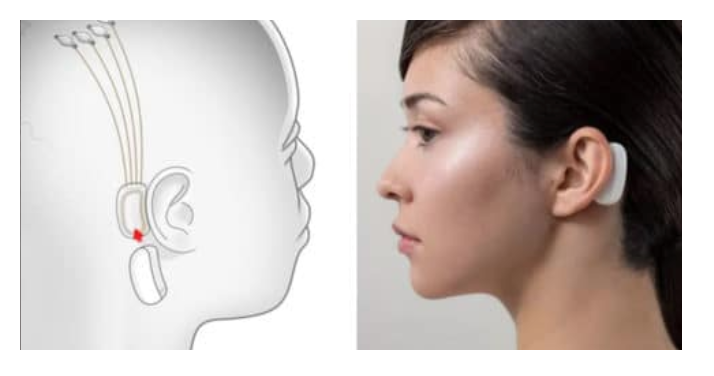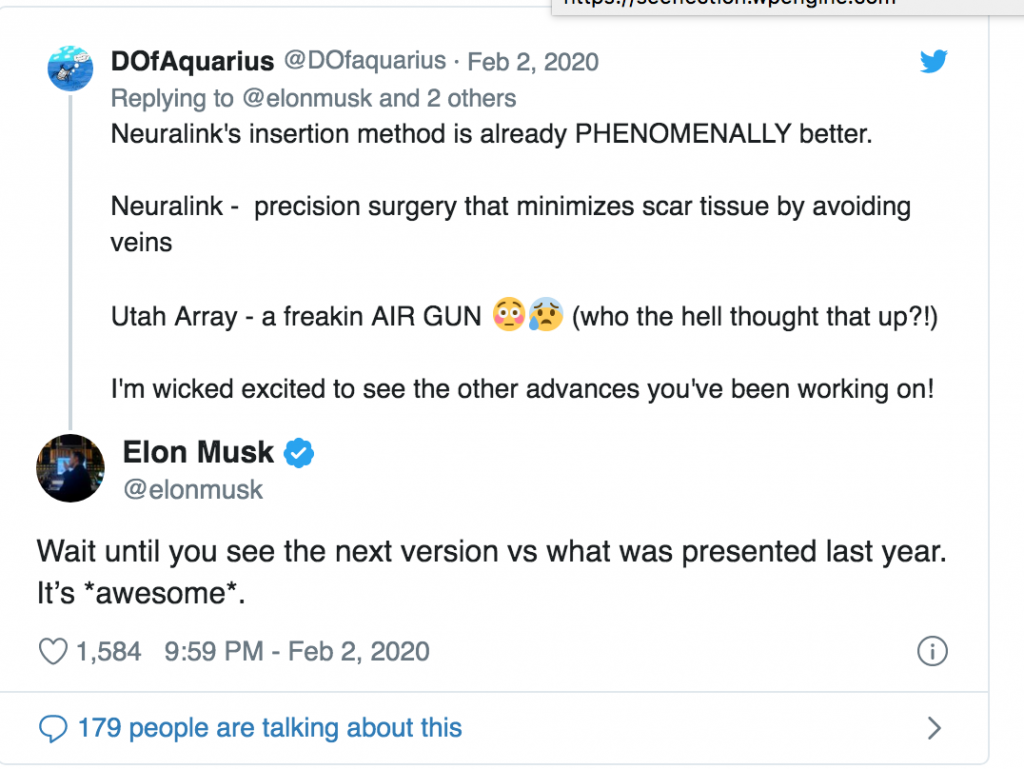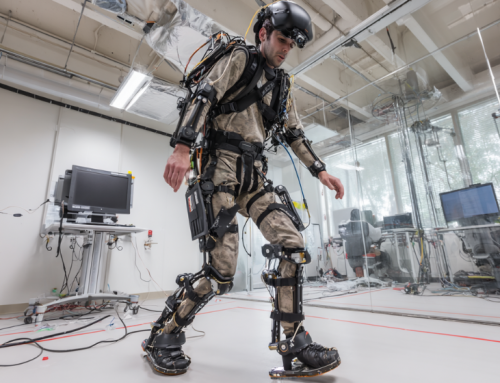
Elon Musk promises to have the Neuralink brain chip inserted into a human this year. (source: Neuralink)
Article Claims Musk’s Touted Neuralink Will Be Rolled Out in 2020
Elon Musk is a ground breaker of rare proportions. From launching rockets, to building Tesla, Inc. and producing what some call the “ugliest electric truck,” Musk has been on the cutting edge of many fantastic creations. In 2017, theverge.com wrote that Musk was backing a brain-computer interface venture called Neuralink, according to The Wall Street Journal.
The company, which is still in the earliest stages of existence and has no public presence whatsoever, is centered on creating devices that can be implanted in the human brain, with the eventual purpose of helping human beings merge with software and keep pace with advancements in artificial intelligence. These enhancements could improve memory or allow for more direct interfacing with computing devices.
Now inceptivemind.com has published a story saying that Musk is close to success with Neuralink.
The device that allows the human brain to connect to a computer could be implanted in a person for the first time later this year, announced the founder of Neuralink, a neurotechnology company.
Last year, Musk’s Neuralink introduced a special microchip and flexible fiber electrodes that should allow the human brain to connect to computers or machines. At the same time, he announced that the electrodes in question would like to be implanted with a laser in the future because it is more suitable than a mechanical drill for making holes in the skull.
Elon Musk said on Twitter that the Neuralink is working on an “awesome” new version of the company’s signature device. “Clearly better than Utah Array,” he said contentedly.

Of course, it is not yet clear what the updated concept looks like and whether it will work at all. The SpaceX and Tesla chief, however, is full of optimism and enthusiasm. “The potential is truly transformational for restoring brain & motor functions,” he said in his tweet on Monday.
If the arrival of the first tests on the human brain is encouraging, the road is long until the actual implantation of Neuralink.
In another tweet, he says: “First, we need to make it super safe & easy to use, then determine the greatest utility vs. risk. From initially working to volume production & implantation is a long road.”
To be fair, the hurdles involved in developing these devices are immense. Neuroscience researchers say we have limited understanding about how the neurons in the human brain communicate, and our methods for collecting data on those neurons is rudimentary. Then having volunteers allow electronics implanted in their heads poses another level of complexity..
It appears Musk may have shortened the path to a computer-mind interlink.
read more at inceptivemind.com







Leave A Comment